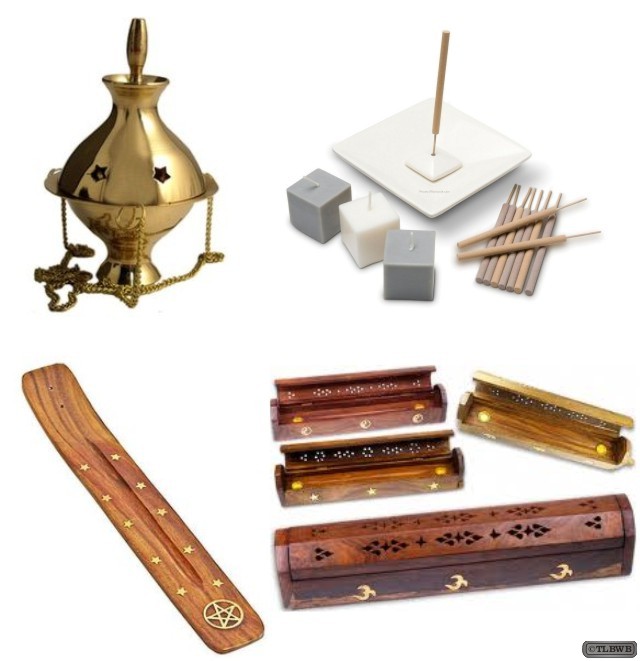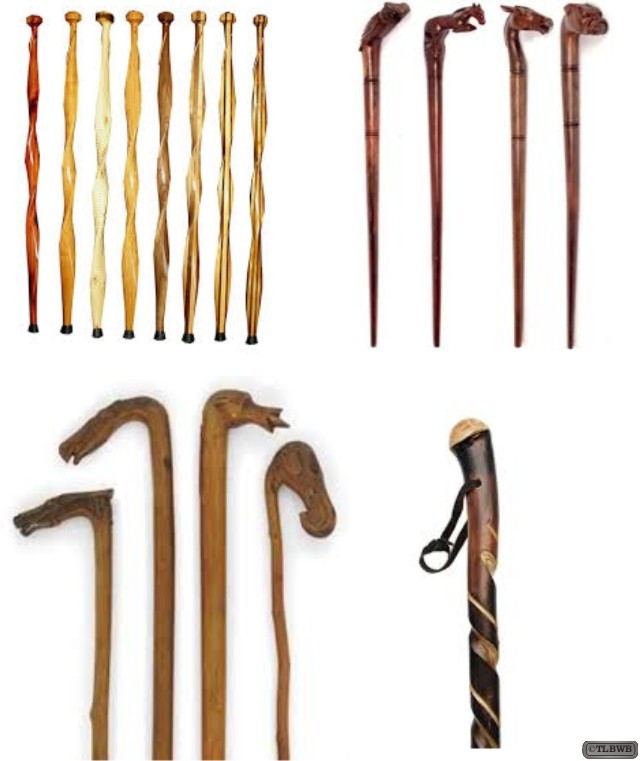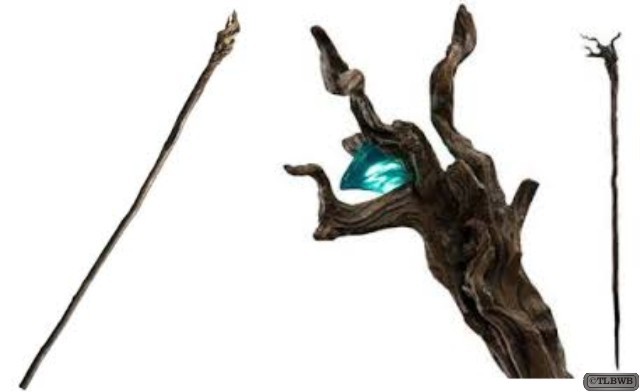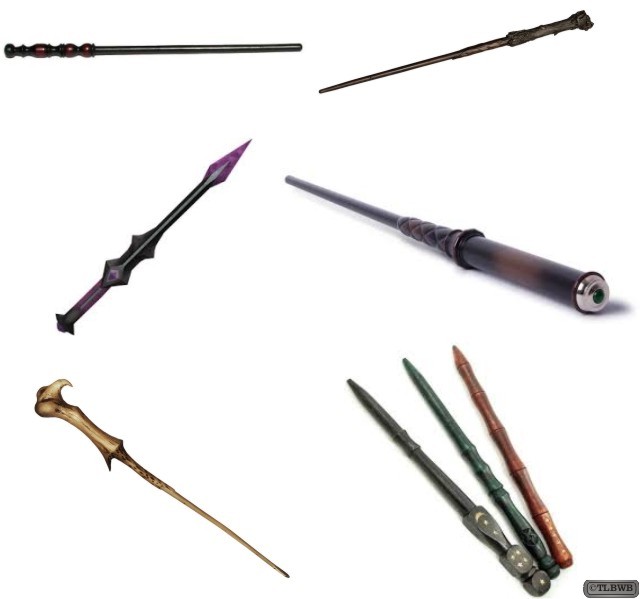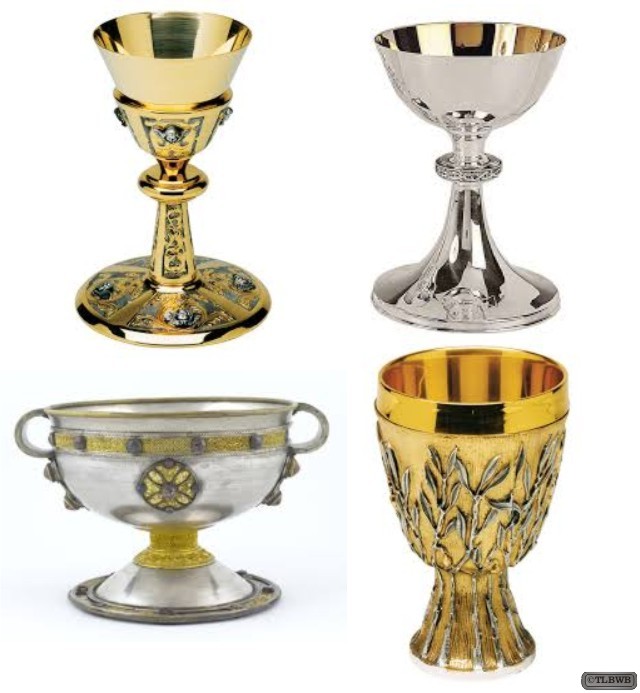Chapter 11
They eventually reached the highest point of the pass. It conveniently widened to a flat, well protected area. They quickly set up camp. The cold, exhausted men soon huddled in front of a few large fires to dry their clothing and personal effects.
As they ate a soggy meal, they reassessed the situation. They had been lucky, no army was now following them. Kurden assured them that the pass would easily, and safely, lead them in the general direction of Arnor, where they could rejoin the bulk of the army.
It was nearing the appointed time of the day when they could contact Chargoff. Shielded by the canyon they had not been able to do so in a few days. Ludger set up the radio. After many tries he finally established a weak noisy link. It brought in bad news. A small detachment of Magdar’s army had raided Talenthar. They were repelled with difficulty, but Nathalia had to flee the castle. She left for the elven forest. No contact had been established with her, since her disappearance.
Since it had been so difficult to repel the attackers in a fortified city, it was agreed they would not succeed in their assault on the Gates of Doom, unless they first unlocked the Magic Dam on the river of Power. Only with the flow of water reestablished would they be able to use magic against magic.
They would discuss the details tonight and would call back Chargoff in the morning. The men soberly took in the bad news. Arexis led a council meeting. He called the meeting to order.
“We now agree that we can only attack Magdar’s stronghold, after we open the dam and release the water. Without magic we are doomed in our assault, as recent events in Talenthar showed us. But even without any magic we will have to launch our attack, we do not have any choice. We cannot let Magdar win. Does someone has any advice on how to reach the dam.”
Kurden cleared his throat and said.
“A direct approach would make us pass directly in front of the Gates of Doom. This would surely get us detected. The best way to the Great Dam is through the Valley of Perils.”
Arny joined in.
“The problem is that to reach the valley the obstacles are unsurmountable. The way through the northern mountains is too well patrolled for a team to get in. Even if one was to reach the foot of the dam, the lock is at the level of the lake. It is only accessible after a vertical climb of over fifteen-hundred feet.”
Ludger asked.
“Is there any way of reaching this valley undetected?”
Arny replied.
“One cannot cross the Desert of Death undetected. Thus the only way is very involved. First you have to pass through the elven forest. Then, through the rolling hills into the Plains of Ice, behind the Howling Mountains. From the plains you can enter the far end of the Valley of Peril.”
“What is so complicated about this?”
“First one cannot go into the elven forest unguided, for fear of getting hopelessly lost. The forest is protected by elven magic and no outsider is admitted without an elf guide. The way through the hills should be uneventful, but it might be patrolled by Magdar’s minions.
The worst part would be the Plains of Ice. This area is permanently frozen. No animal can survive the extreme cold for any length. Even if someone could dress warmly enough, he would have to travel, on foot, over three-hundred miles to skirt the Howling Mountains and reach the valley.”
Ludger said soberly.
“I see…. Then, if somebody could reach the top of the cliff by this long route, what is the nature of the lock? Is it magical or mechanical?”
Andrack answered.
“The lock itself is mechanical, but it is gigantic. An enormous force would be needed to break it. To open it , you would need the magical key that, of course, is in the hands of Magdar.”
“If the lock was broken how would the gates be opened?”
“The pressure of the water would be enough to force the gates open and the water would flow again. With this, enough power would be available for me to vanquish Magdar.”
Turning toward Arexis, Ludger said.
“My good friend, I will go back to Talenthar and follow the traces of Nathalia into the elven capital if need be. After I find her, I will go back to the Mist of Dreams. I will gather the equipment that will permit me to attempt the route that Arny proposed. I think that it is our only chance. If I reach the dam, I should be able to defeat the lock.”
“I cannot ask that of you, my friend, you have already done enough by helping us with the river of Gods.”
“You are not asking me. I am going on my own, for my own selfish reasons. I have decided to hang around this world for a while and Magdar doesn’t look like the ideal landlord. Also I would not mind having a talk with your sister. I did not like being talked to like a servant.
My mind is set don’t even try to change it.”
“The only thing that I can say is…, thank you.”
Andrack offered Ludger a small amulet of delicately carved jade, threaded on a leather thong. He said.
“Take this, it will help you in getting a guide around the elven forest, to reach Elvanor. This should also open the doors to Valnor, the elven King.”
“Thank you, old friend, this will be of great help. I will leave, alone, in the morning.”
Dregnar, who was coming back from walking the dog, said in a loud voice.
“No, Master Ludger, Bacchus and I will accompany you. You will need our aid to guide you.”
“All right, but only until we reach Elvanor, after this I go on alone. And please, don’t call me Master.”
“It is agreed, Master….”
The men, around the fire, broke into laughter. It eased the tension that had built up. Discussions went late into the night. They agreed on the details and schedule of their plan. Ludger would be given one week to reach Talenthar and get ready. Another week to search for Nathalia and get his supplies from the Mist of Dreams. Then two more weeks to reach the dam. Thus in four weeks from that day, at exactly 06:00, the attack would be launched. Kurden would attack from the northeast, Arexis and Chargoff from the east. Ludger would try to convince Valnor to attack from the south. The attack would go on, whether Ludger would break the lock at this time or not.
After all the details were ironed out, Ludger retired to the comfort of his, now dry, mummy bag. Bacchus curled up at his feet. He fell asleep petting his dog.
At dawn Ludger, Dregnar and Bacchus headed south with Arexis’ and Andrack’s blessings. They rode all day, pausing only to rest the horses. Since the moon was bright, they rode late into the night.
At the end of the next afternoon, they arrived at the camp near Arnor. They were led to Chargoff upon their arrival. Troops were massing in the plains around the little town, preparing for the upcoming battle. The general had no new information about Nathalia. She had left Talenthar less than a week ago. Nobody had seen or heard from her since. She supposedly fled to the elven forest, when the attempt to capture her at the palace, failed. Chargoff feared for her safety, but he thought that she should have reached Elvanor without too much difficulties. She should be safe there.
Around the campfire, that night, Ludger was relaxing while leaning back against a few bales of hay. He was absentmindedly scratching Bacchus behind her ears, wondering if Dregnar had fed her that night. A silent reply came to his mind. She had been fed. Startled, Ludger looked around and found no one within sight except for Bacchus. He sighed thinking he had dreamed. A silent reply followed.
“No you have not”
He looked down at his dog. He could see in her eyes that she was the one who had communicated with him. He passed his hand over her head. He could feel a rush of primitive thought patterns. This new development astounded him. He could not help but wonder at what this new world held in store for him. Looking down at Bacchus he thought.
“Good night.”
She replied in kind.
At dawn, when Ludger woke up, he considered that he had dreamed the events of the previous night, as he watched his dog go about her morning business. Grooms had prepared theirs horses. He set about to find Dregnar. He was eating breakfast with Chargoff. Ludger joined them . After they finished, they set off for Talenthar.
The next day, as they approached the capital, they found signs of the recent battles. Burnt farmhouses were seen in abandoned fields. Piles of human, troll, and goblin carcasses dotted the muddy road at regular interval, left for the carrion birds to clean. They gave a rotten stench to the bloody, melting snow.
They arrived at the northern gates of the city at sundown. They were quickly admitted before the gates were locked for the night. There was a subdued activity in the portions of the city bordering the river. People were cleaning up after the battle. Weary souls carried on their desperate work without any guarantees about their future. A large section, toward the northwest, had been partially burned down. It forced its inhabitants to seek refuge with friends and relatives.
Ludger could not support the desperate stares of the men and women lining the streets. He silently pledged to do whatever was in his power to help them. After following a convoluted path, to bypass most of the damaged roads, they reached the citadel. The Captain-at-arms allowed them in, as they were expected. Armed guards escorted them across the bridge to the palace. Balnor was anxiously waiting for them in the courtyard. Footmen took care of their horses, while their equipment was unloaded. Ludger was relieved that the scribe was fully recovered.
They followed Balnor to his office, in the royal library. They sat in comfortable chairs in front of his desk, while servants poured them refreshments. The small grey haired man was dressed in a heavy brocade robe. He crossed his long fingers and looked at Ludger, deep in the eyes. He said in a professorial tone.
“Six days ago an attack was launched against the city by a somewhat disorganized force composed of trolls and goblins. I am sure that their attack had a single purpose. To capture Princess Nathalia and bring her to Magdar.
As the action came close to the palace, She left the city by a hidden exit, with four guards and her friend, Lady Maria. As they were fleeing, east of the city, they came under attack. The small group disbanded. The Princess was last seen heading toward the enchanted forest, with Maria, under the protection of one guard. She has not been seen since then.”
After a long pause he continued.
“King Arexis contacted me last night. They are safe and sound with General Chargoff. Troops are starting to arrive from Baldour, Leventhar and Baldycree. At the same time in the blackened plains, in front of the Gates of Doom, a massive army composed of all the evil races of the Kingdom is assembling. With this army and his black magic, Magdar’s forces seem invincible.”
“The attack will be launched in exactly twenty-four days, tomorrow morning. We will be leaving in two days time for the elven forest. In the meantime you should organize search parties in that direction to look for traces of Nathalia’s passage. Also I would like access to the library and your help in finding all the information possible on the elven forest, the Great Dam and the Gates of Doom.”
“I will see to that, right now. Do you need anything else?”
“No, I will retire to catch up on my sleep, so that I can get an early start in the morning.”
They shook hands and Dregnar escorted Ludger to his room. They parted company a the room’s door. Ludger threw his gun belt and sword on the bed. He split his chainmail between his legs and removed it. He threw his clothes in a corner and slipped in a thick dressing gown. He called in a maid. When the dour faced older women came in, he instructed her to launder his clothes before morning. He relaxed in a hot bath until the water turned cold. He then went to bed. He fell asleep as soon as his head hit the pillow.
*
Early the next morning Ludger was awaken by a loud knock at his door. He let in Balnor, who was carrying a tall stack of dusty old books. They laid them down on a long table and started their search. Breakfast was brought in by a servant. Dregnar came in to fetch Bacchus for her morning walk. Ludger was amazed to see them so close. At first Dregnar had been so afraid of the dog. As they walked out the door, Bacchus let him know silently.
“This guy is great, he walks like one of you, but he smells like one of me. He must be a distant cousin of mine.”
Ludger grinned widely and went back to his lecture. They spent all morning reviewing historical books. Balnor had previously visited Elvanor. He told Ludger what he new about the elves.
“The elven forest is protected by a conjuration of the elder elven spirits that are reincarnated into the trees of the forest. Elves, whose lifespan is at least five times that of a human, do not really die at the end of their long earthly journey. Their body shell dissolves and their essence, or spirit, is metamorphosed into one of the tree that forms the magic forest.
The magic spirits, in the trees, protect Elvanor from any unwanted intruder. It makes them hopelessly lost. The deeper one tries to go into the forest, the more disoriented one will be. People have been known to travel in circles in the outskirts of the forest without getting any deeper, but also without being able to escape. They travel until they collapse from exhaustion and eventually die.
People of elven blood are the best trackers in the known world. Their natural gift is augmented by the conjuration of elders. In this way they can travel through the forest without any problems. The worst punishment for an elf, is to become an outcast and be banished from the city. They are then kept out by the conjuration and stripped of their tracking powers. With this, two thing are accomplished. First they loose their identity and affinity with mother earth. Second they will never see Elvanor again for as long as they live.
This is harsh punishment because this city is the jewel of this world. It is carved out of one gigantic tree whose trunk is close to a mile thick. Over many levels in the trunk and the crown of the tree, living and working quarters are arranged. They are topped by the royal palace. The city is always green and protected from the elements. It is a marvel to visit.”
The search through the old tomes was frustrating, since they were not indexed. They had to read everything to know the contents of the books. By mid-afternoon, Balnor decided that they should move to the old archives, where their search might be more fruitful.
Ludger followed the scribe, first to the kitchen, where they ate a quick lunch under the scornful eye of the head chef who did not appreciate his kitchen being invaded by outsiders. Balnor then fetched two large oil lamps and lit their wicks with a spell. He winked at Ludger.
“It is not only our friend Andrack who can use magic.”
Ludger smiled. He was led through a series of dark corridors and staircases that plunged deeply in the bowels of the palace. The journey finally ended in front of an old oaken door that was undistinguishable from any of its siblings that they had passed on their way.
Balnor produced a long skeleton key from his pocket. He unlocked the door. He showed Ludger in. The large low-ceiling room was lined by rows upon rows of bookcases. The air was full of the aroma of dusty old tomes.
Ludger helped Balnor search through the shelves for any books that could be useful. He found a small bound essay by a famed wizard, that Balnor identified as Andrack’s mentor, on the source of power of the Gates of doom. Simply stated it said that the strength of the Gates is unimpeded as long as the flow of the river of Powers is at its yearly average or above. Below that, the Gates gradually weaken with the lessening flow of water.
Balnor remembered that during the summer that Magdar had escaped, the Kingdom had suffered from one of the worst droughts in its history. The flow of the river had been at its lowest ever. It could explain why Magdar had been able to get free with the help of his minions.
Later, Balnor came up with a handwritten diary from an itinerant magician who travelled the north. It confirmed that during the year of the drought the power of the Gates had been weaker. Magdar had sent some emissaries from beyond the gates. They had no power of their own but they managed to rally to Magdar’s cause the goblins and troll that lived in the mountains. Later, even one of the King’s advisers was enroled in their ranks. All had the same goal, a lust for power and riches.
The flow of the river was slowed further by the trolls piling up rocks creating makeshift dams. Magicians who were travelling the outskirts of the realm were kidnapped. Nobody knows what happened to them. The river flow was slowed enough to permit Magdar to escape from the Gates. After this was the great Magic War where all the magicians, but Andrack, disappeared without trace. Both sides suffered tremendous losses but Magdar managed to lock the Magic Dam with the key he took from Bluthor’s death grip.
The Dam was under magical protection but constructed of normal building materials. In the middle of its curved wall was a massive lock that could be used to control the flow of water. It had been closed to dry up the land. But since it was built of stones, wood and metal, Ludger believed that it could be destroyed.
They searched for more information until the next evening, taking only short periods of rest. Nothing further, of any consequence, was found. Ludger decided to retire early. They were leaving in the morning after debriefing the scouts that were expected back overnight.

This work is licensed under a Creative Commons Attribution-NonCommercial-NoDerivatives 4.0 International License.
From 1990: One Way Ticket To Talenthar
The Sass

